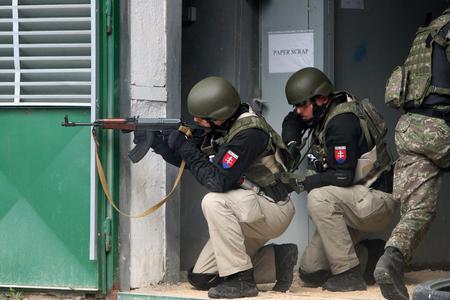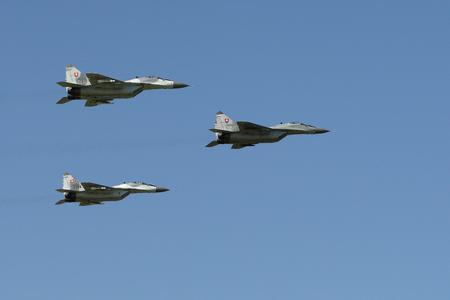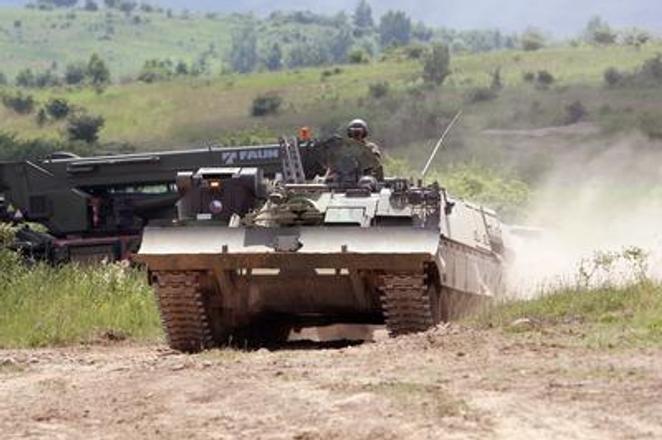After years of waiting, Slovakia finally has a new strategy to secure its defensive capacity. The government adopted three documents authored by the Defence Ministry at its October 4 session that follow the security strategy by the Foreign Affairs Ministry.
The documents concern the defence and military strategy of Slovakia and the long-term plan of development of defence with the focus on construction and development of the armed forces until 2030.
The strategy also promises to increase the spending on defence, to 1.6 percent of GDP until 2020 and to 2 percent in 2024, the TASR newswire reported.
Responses to new threats
“In the defence strategy we pursue the system of building Slovakia’s defence, with the focus on securing armed forces development,” said Defence Minister Peter Gajdoš, as quoted by TASR.
The document confirms the pro-European and pro-Atlantic orientation of Slovakia, said State Secretary of the Defence Ministry Róbert Ondrejcsák.
The world has changed since 2005, when the last strategy was adopted. This is the reason why the new strategy contains several measures necessary for securing protection from, for example, enemy propaganda, hybrid threats and cyber-attacks, the SITA newswire reported.

The document works based on the scenario that Slovakia will be part of a group of European countries that will cooperate in defence more closely, Ondrejcsák said, as reported by SITA.
Another document on the military strategy focuses mostly on armed forces structure.
“The long-term plan with the vision until 2030, which has not been prepared for 25 years, put an emphasis on defence investments amounting to €30 billion,” Gajdoš said, as quoted by TASR.
The modernisation projects are expected to cost €7.2 billion in the following years. The strategy also counts on the creation and development of ground forces, costing some €3 billion, and the modernisation and creation of the air force that will require about €2.6 billion. The ministry plans to use the Value for Money principle, TASR wrote.
Promises to modernise
The defence strategy is the third document of this kind adopted since the creation of Slovakia. The previous documents were approved in 2001 and 2005. In the latter, the focus was on fulfilling commitments and using opportunities arising from NATO and EU membership.
The new strategy responds to some unrealised goals and tasks of the previous document, particularly the defensive capacity of Slovakia related to long-term lack of funds. It also takes into consideration the increasing risks in this field. The document deals with the strategic adaptation of Slovakia’s defence whose aim is to increase the level of securing safety in a changing security environment, said the Defence Ministry’s spokesperson Danka Capáková.
To secure the procurement of necessary equipment and technologies, as well as related research and development, the ministry plans to allocate 20 percent of defence spending, TASR reported.

Ondrejcsák and the chair of Most-Híd, Béla Bugár, also commented on October 4 at the press conference on the recent dispute between the state secretary and the minister, when Ondrejcsák criticised Gajdoš for postponing the replacement of the old fighters. The reason was the latter’s decision to focus on the armoured vehicles instead.
Bugár called the dispute a communication disturbance that has been removed. The new fighters will be purchased by the end of 2019, he added. At the same time, Bugár admitted it will probably be necessary to prolong the agreement with Russia that expires in 2019, as reported by SITA.



 Illustrative stock photo (source: Sme)
Illustrative stock photo (source: Sme)